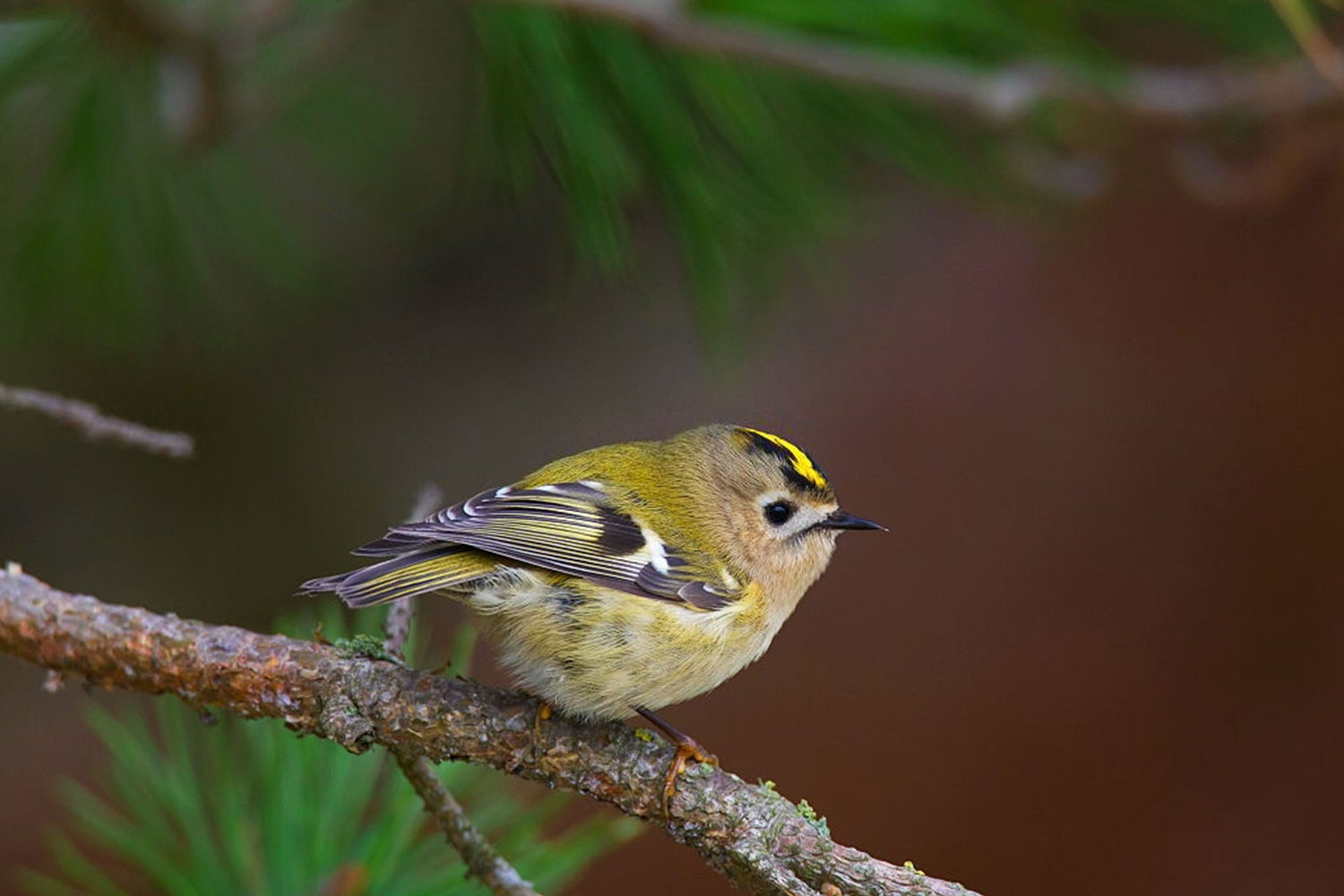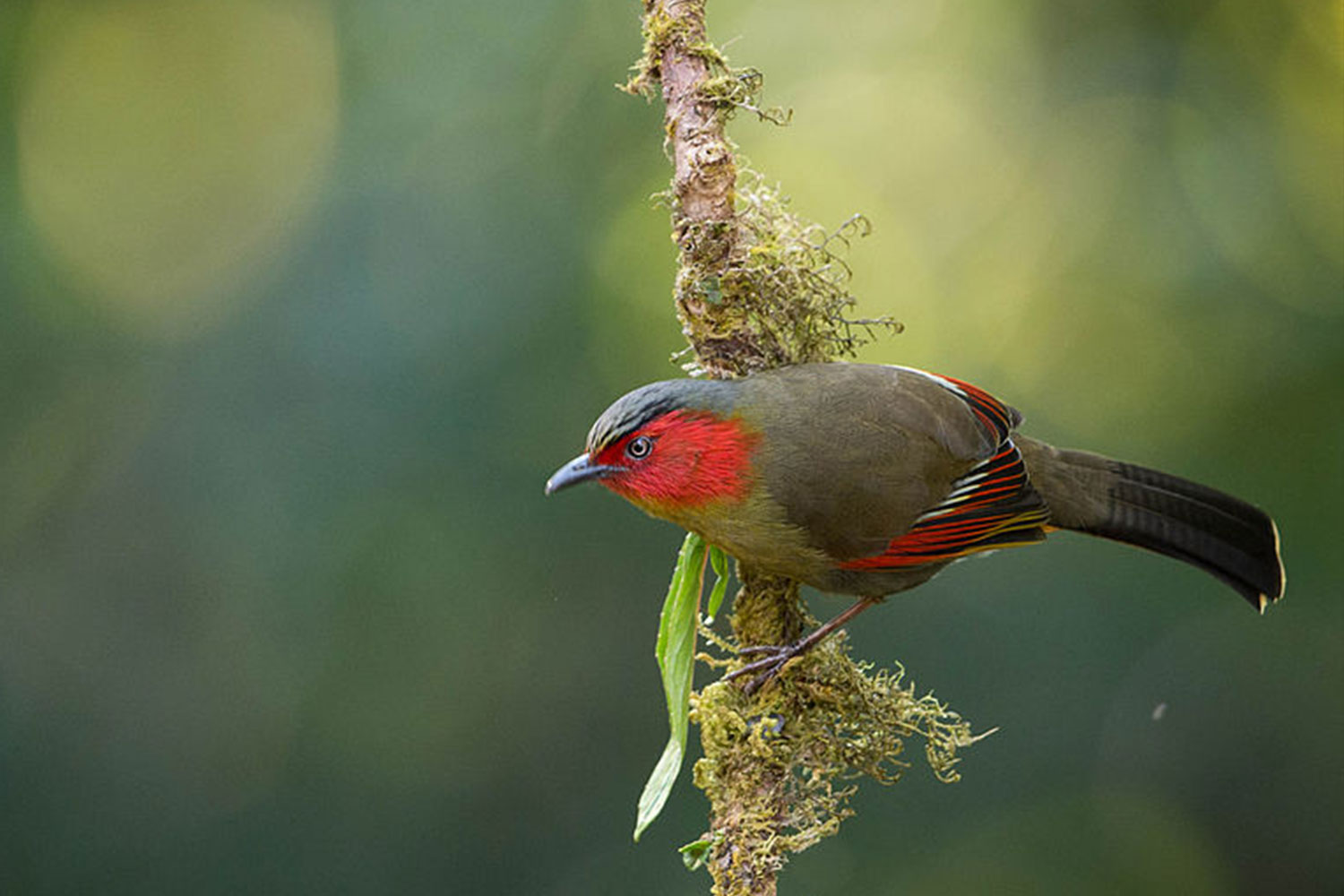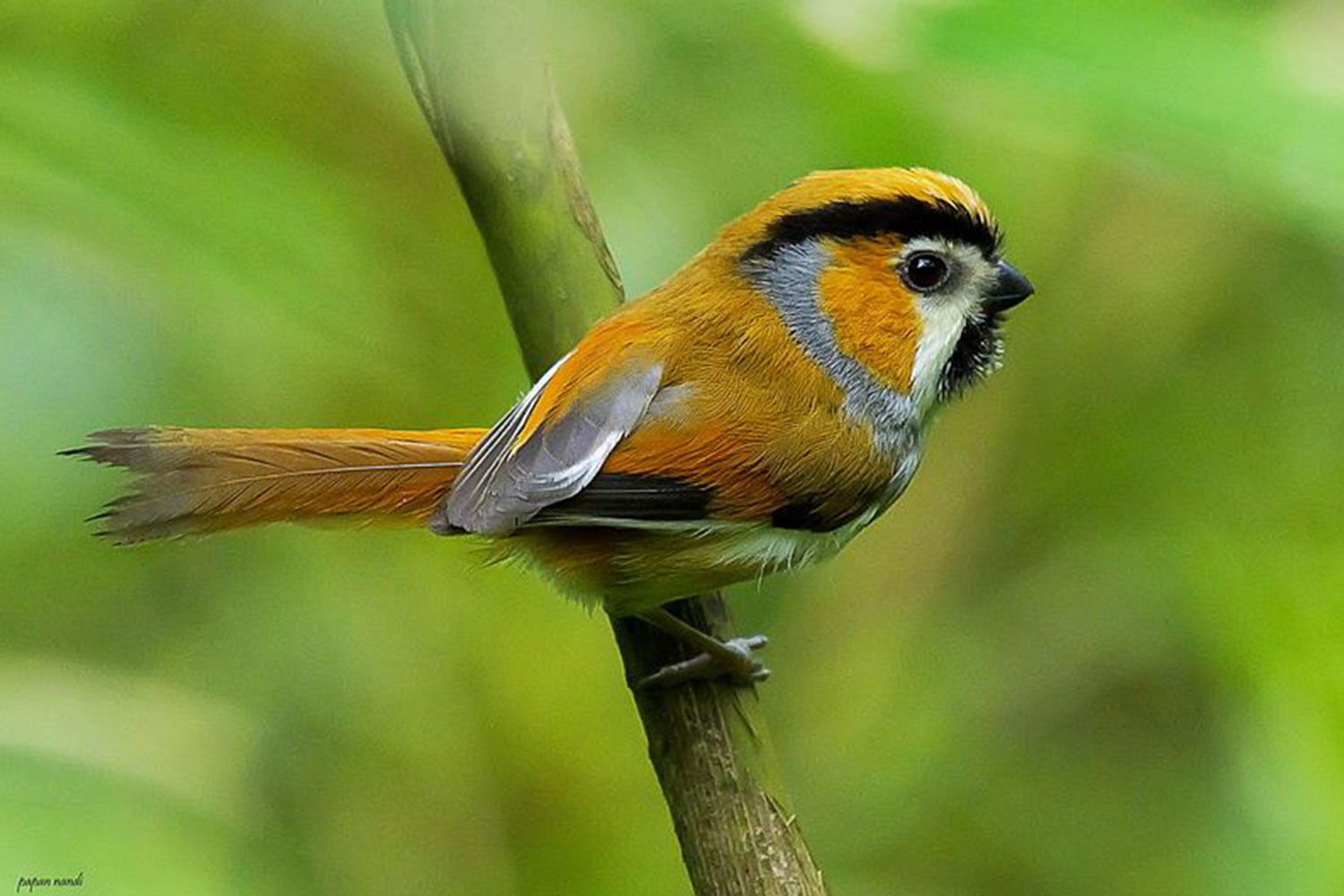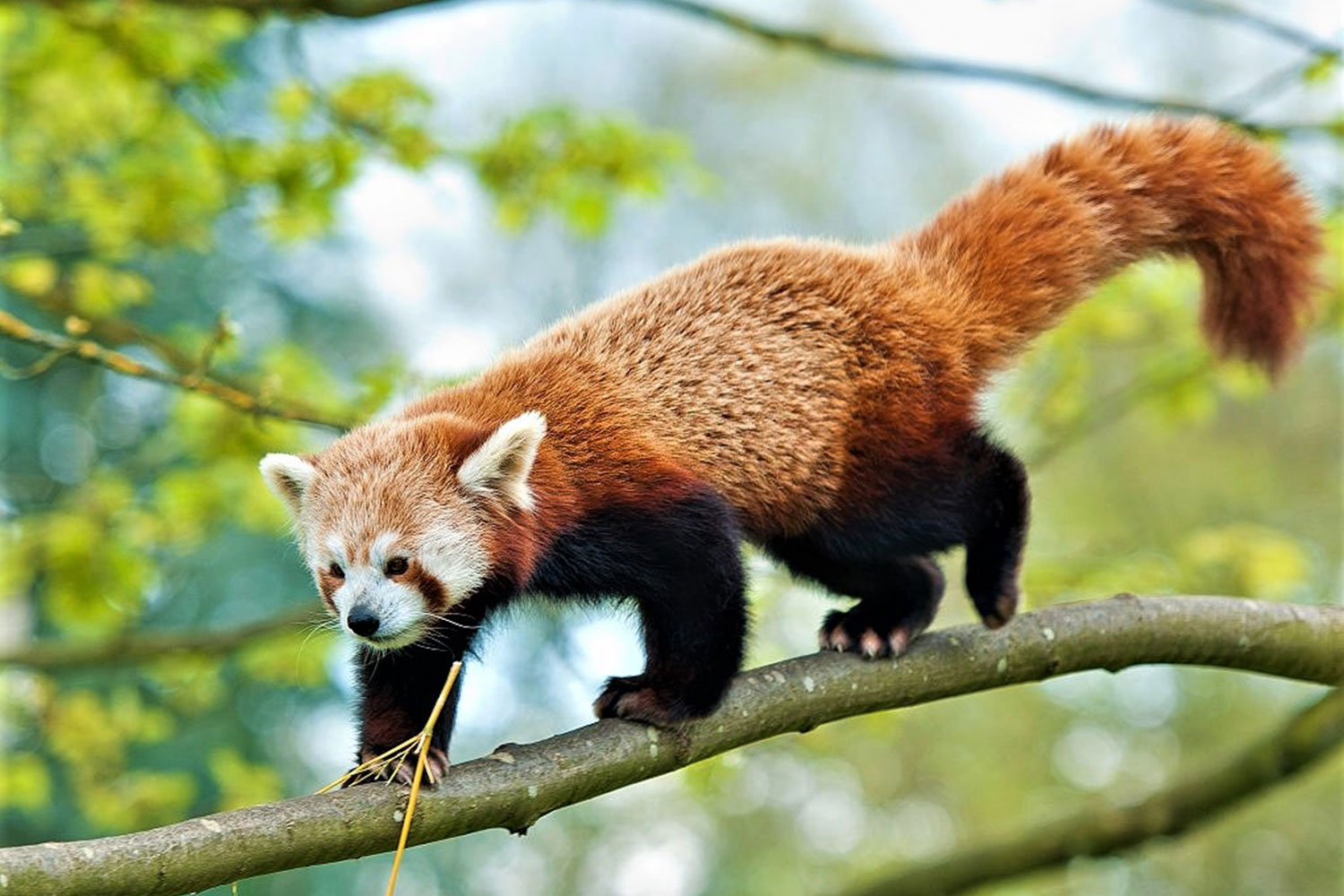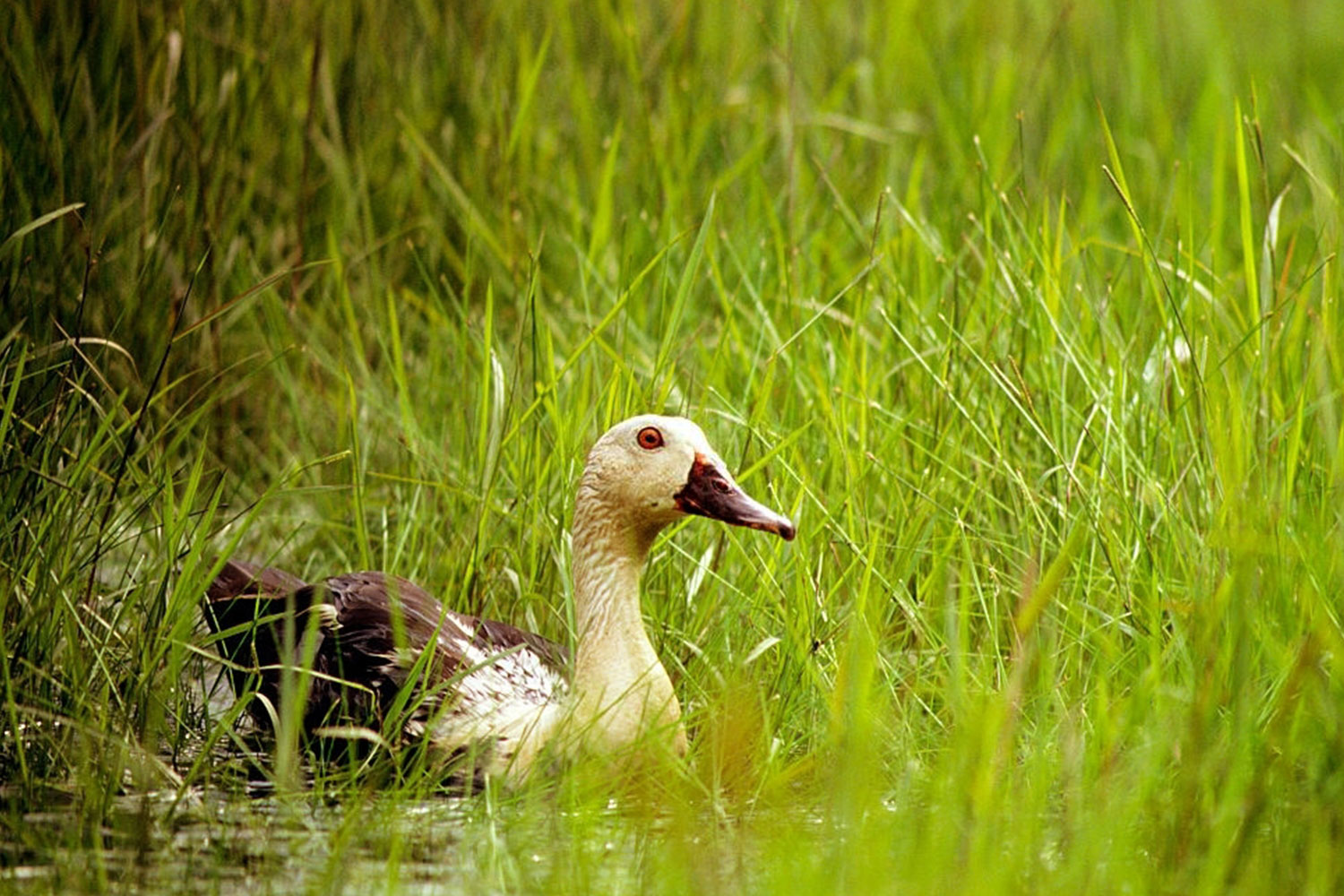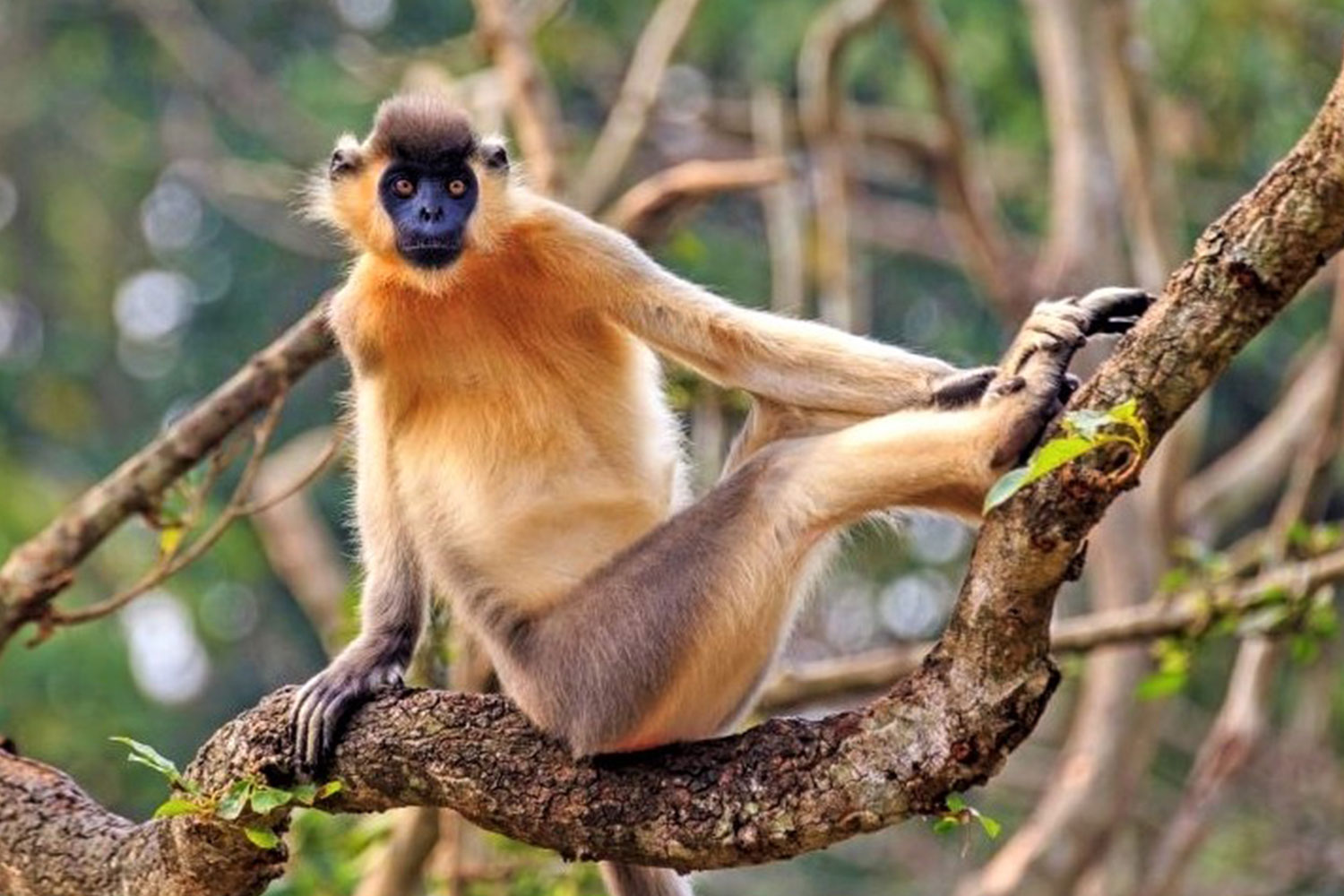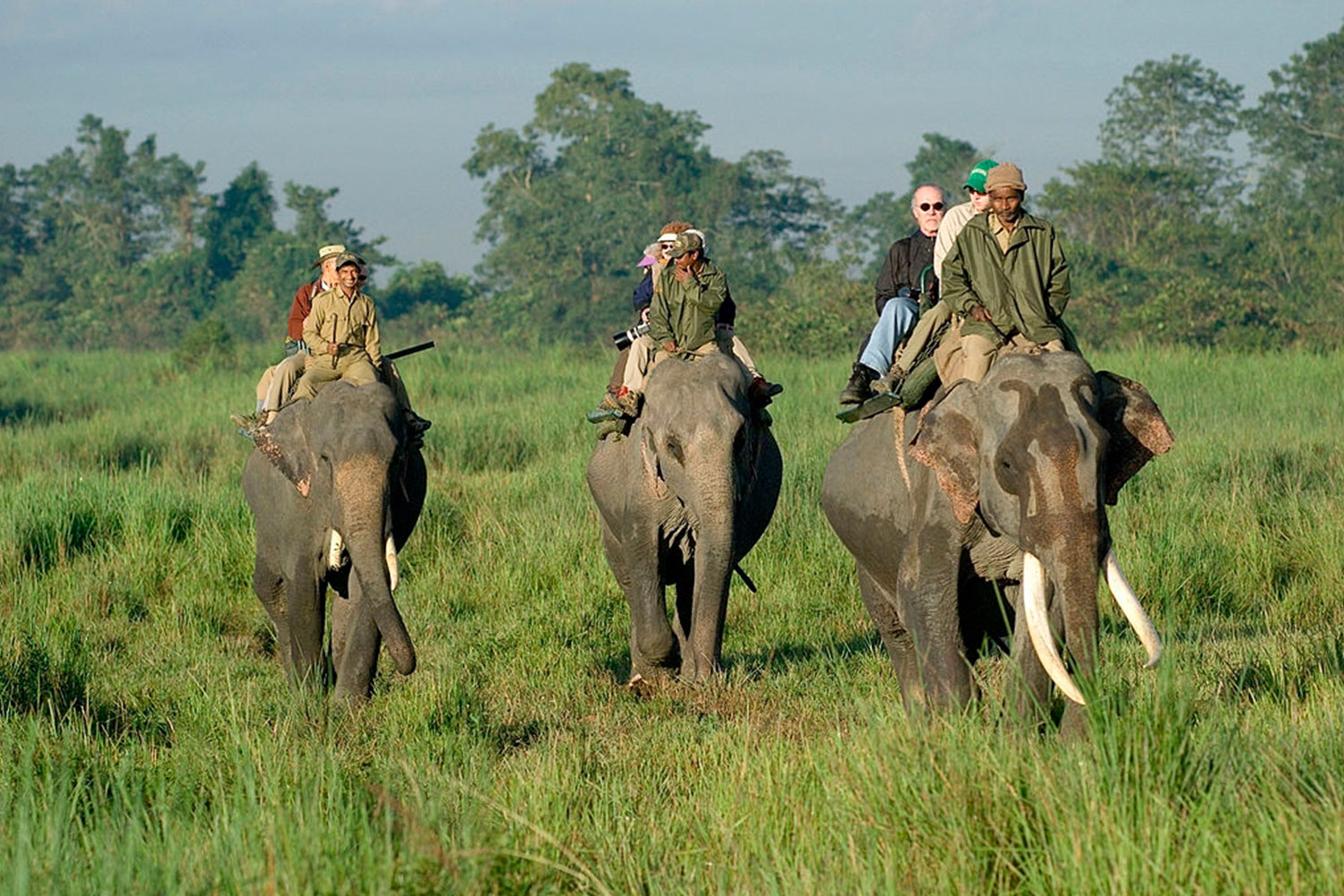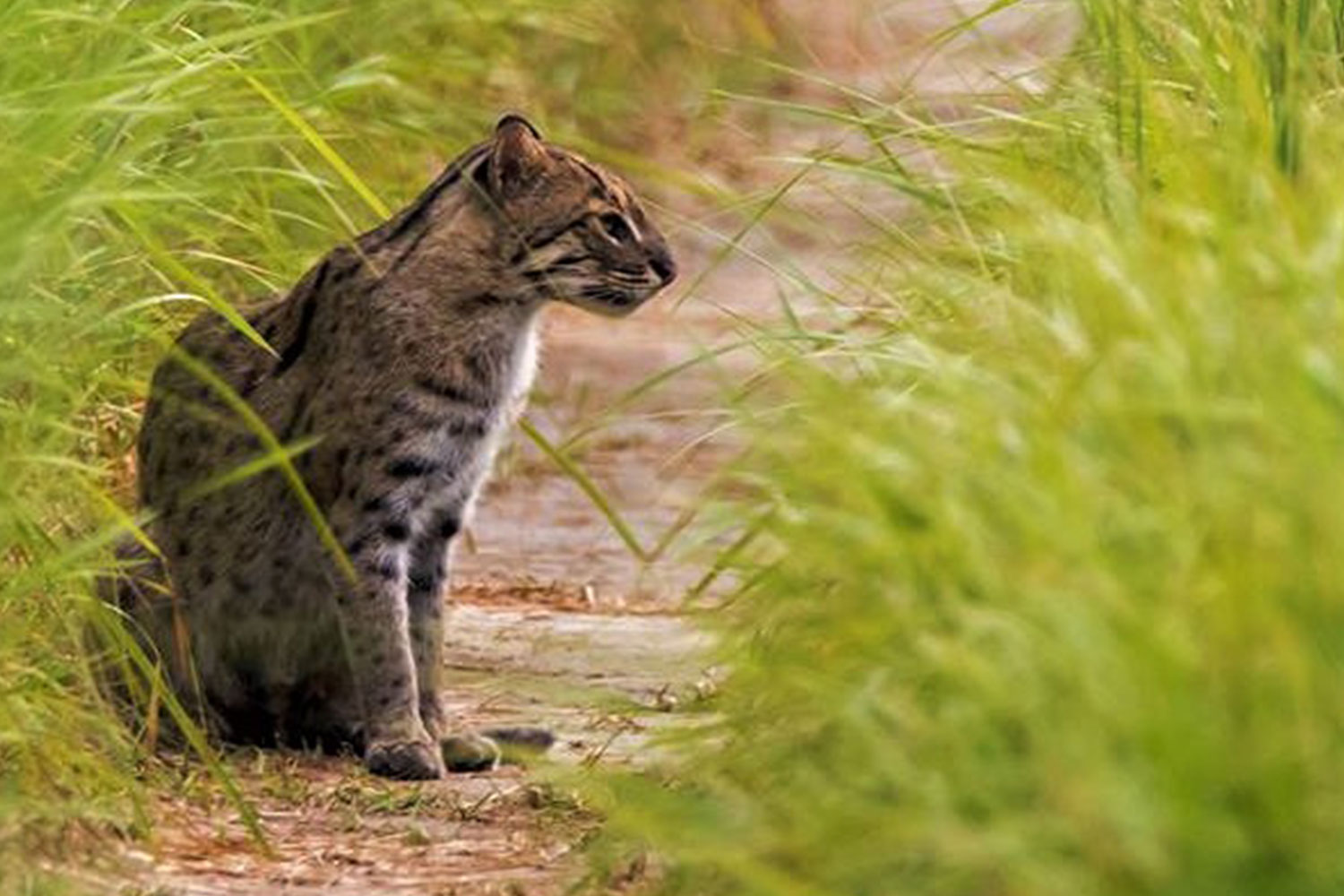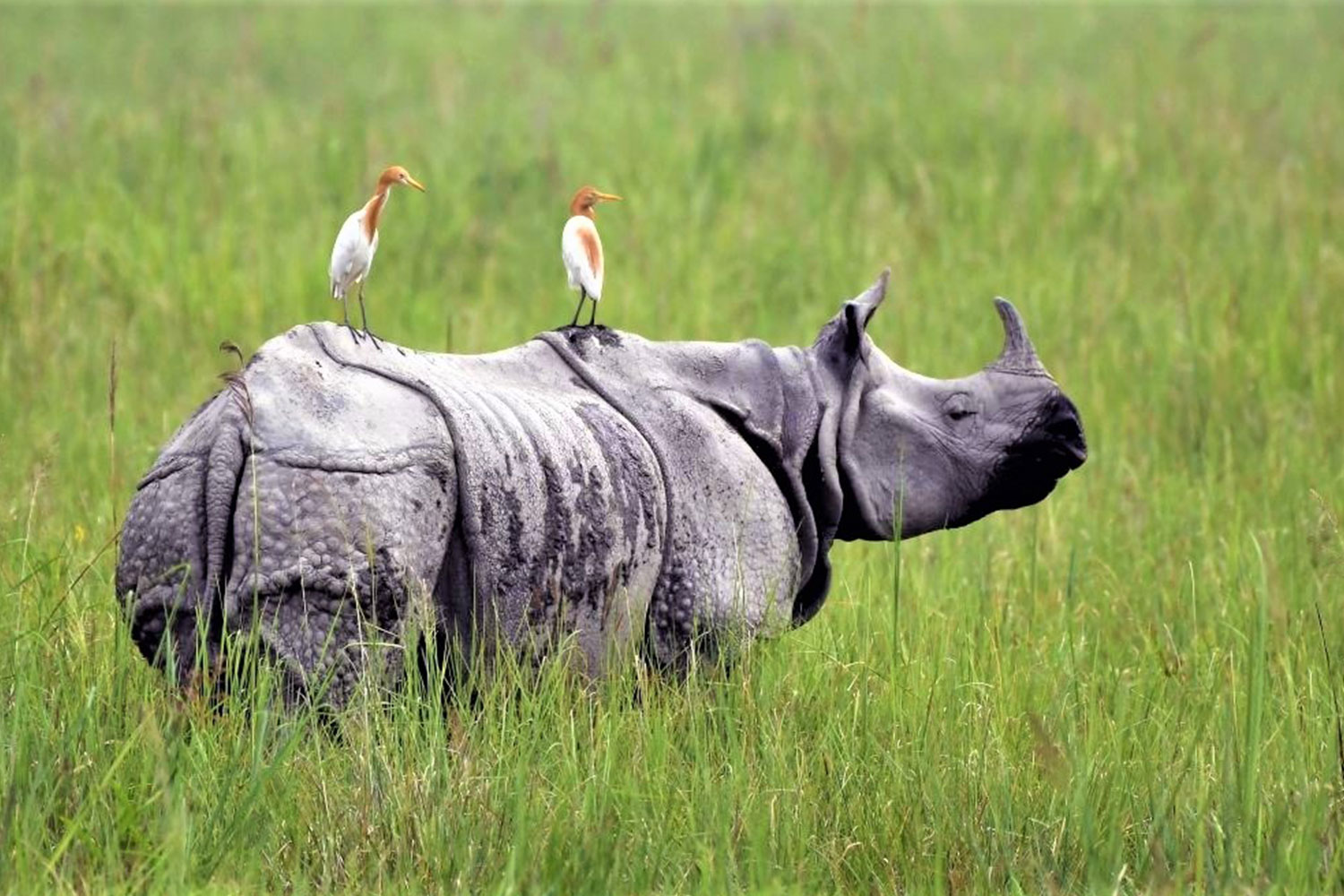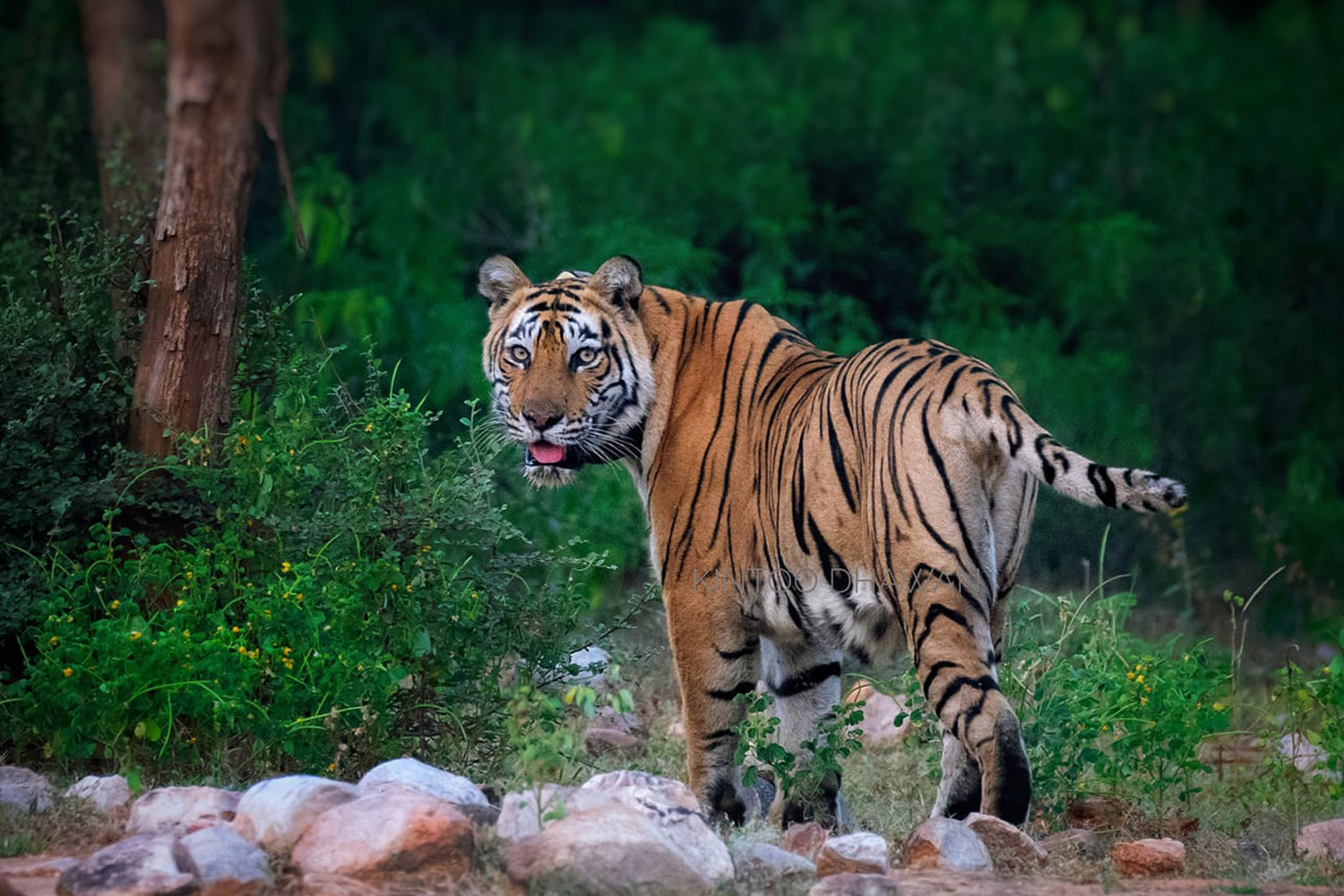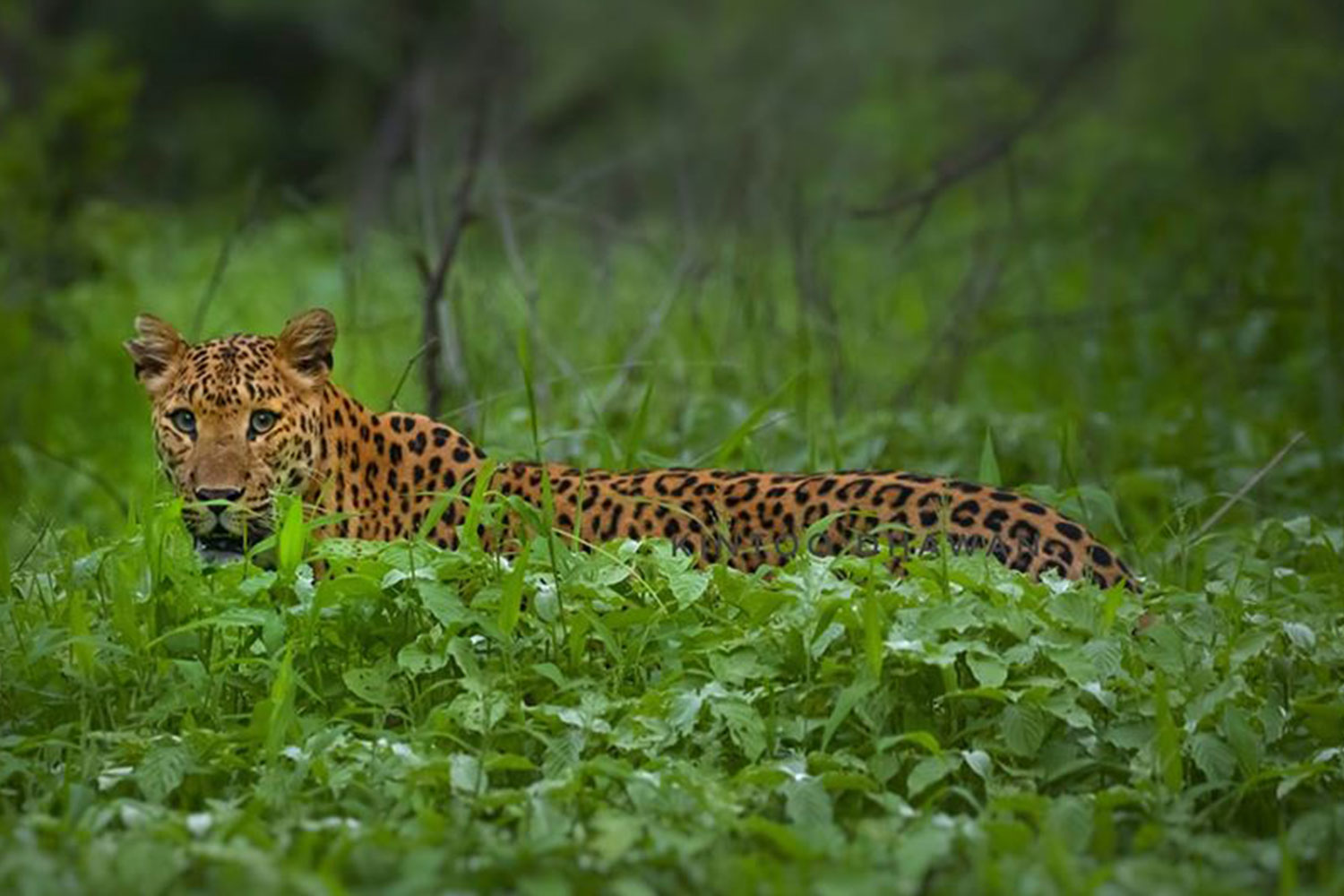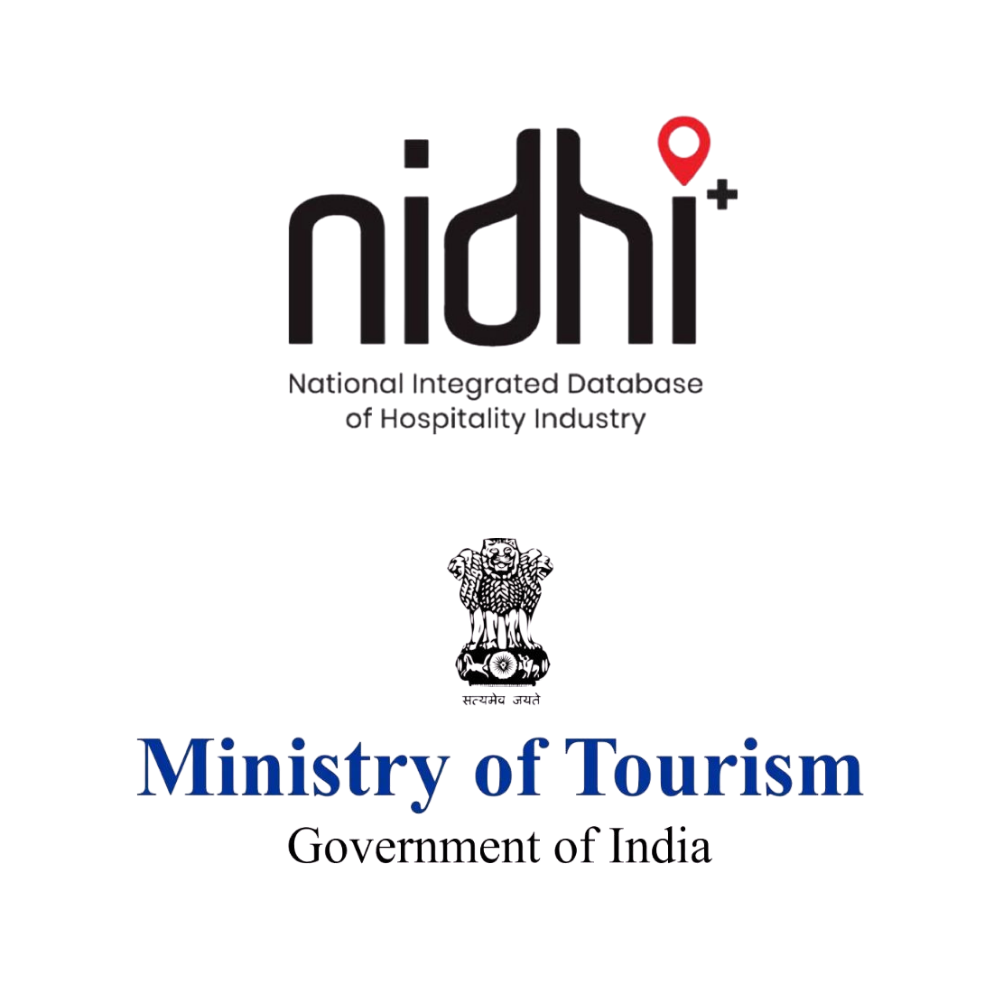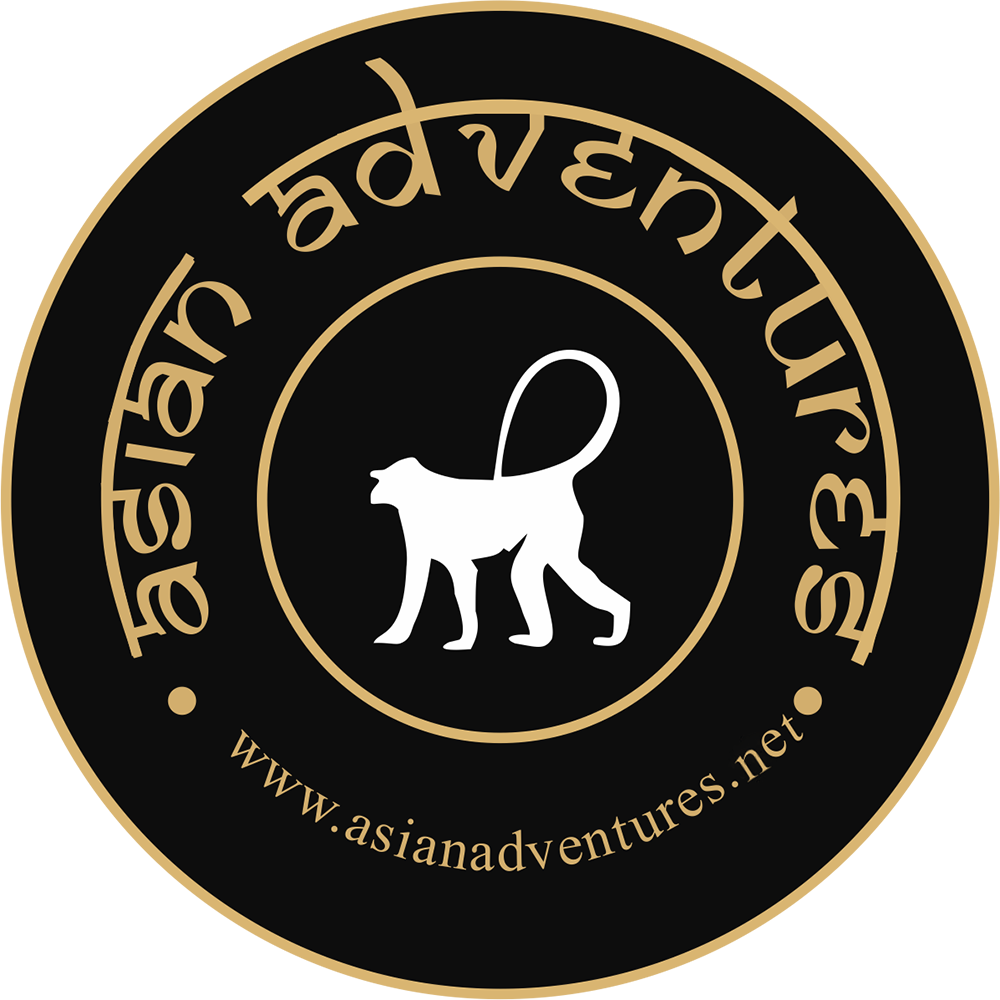Overview
Northeast India is one of the most bird-rich regions in the world, and therefore a perfect destination for a birdwatching tour. Apart from being home to skulking babblers, singing warblers, and beautiful pheasants, the region is also home to a wide variety of mammals, such as Indian Rhinoceros, tigers, various deer, and many more! Come explore one of the least explored regions of India and let us help you fill your photo albums with memories of your adventure.
My first trip to India and Eaglenest
I wanted to visit India for my next wildlife trip but somehow the rebel in me decided to do something other than Central India or the Western Himalayan foothills that I had seen countless reports of in the online birding forums. I first thought of visiting the Western Ghats and South India for their endemic species, but unfortunately, every trip I found was full up.
After a little more online research, I came to find out about Eaglenest Wildlife Sanctuary in Arunachal Pradesh. I was already aware of the place because of the discovery of the Bugun Liocichla there a few years back, so I thought to myself “why not?”.
Flights and tour booked, bags packed, field guides studied, camera and binoculars serviced and off I went. What followed was even better than expected. Not only did the expert planning by Asian Adventures, lush forests, and wide altitudinal range make for some fun birding, but I was astounded at the sheer bird diversity there. Laughingthrushes, parrotbills, sibias, trogons… you name it.
Of course, the icing on the cake was the Bugun Liocichla, a bird found with the immense help of the seriously skilled bird guide. A few years ago, I wouldn’t even have thought it was possible that I would be in that moment, watching that beauty. I knew my slightly more competitive birding buddies would be seriously jealous!

Meals: on own
Accommodation: Hotel near the airport or similar
Your adventure starts the evening when you land in Delhi. You have the rest of the day at leisure, or you can consult your guide about possible activities. You will be met and transferred to the hotel for an overnight stay.

Meals: Breakfast in Delhi and Dinner in Nameri
Accommodation: Eco-Camp - A Tented Resort
Transfer from the hotel to the airport for your morning flight to Guwahati. Arrive at Guwahati airport, where you will be met and transferred to Nameri Tiger Reserve (5-hour drive)
Overnight stay
Key Species: White-winged Duck, Great Hornbill, Wreathed Hornbill, Rufous-necked Hornbill, Crested Kingfisher, Oriental Dwarf Kingfisher, Greater Spotted Eagle, White-rumped Vulture, Indian Vulture, Black-bellied Tern

Meals: Breakfast, Dinner
Accommodation: Eco-Camp - A Tented Resort
This day will be spent taking long hill drives through the picturesque landscape of Arunachal, but that won't be all. Along our way to Dirangzong, we'll take a few pit stops to look for birds - a great travel experience. Nameri is a scenic sanctuary on the border of the Assam Valley and mountainous Arunachal Pradesh. Take an early morning boat ride across the Jia Bhoreli river, and use the morning for a birding session at Nameri
Later, have breakfast at the resort & proceed towards Arunachal. We will drive to Dirang today (6 to 7-hour drive). Overnight stay
Key species: Black Stork, Ibisbill, Fulvous Whistling Duck, Red-headed Vulture, Long-billed Plover, Kalij Pheasant, Common Hill Myna, Pin-tailed Green Pigeon

Meals: Breakfast, Lunch, Dinner
Accommodation: Eco-Camp - A Tented Resort
Today, we will witness the snow-bound terrain at the alluring Sela Pass as we stop there looking for your favorite species - it can be cold today. Early morning birding session at Mandala and later return to Dirang.
Overnight stay.
Key Species: Himalayan Cuckoo, Asian Barred Owlet, Daurian Redstart, Long-tailed Minivet, Black-throated Prinia, Hodgson’s Redstart

Meals: Breakfast, Lunch, Dinner
Accommodation: Eco-Camp - A Tented Resort
Spend the full day birding in Mandala, a birding paradise. We will return to Dirang in the evening.
Overnight stay.
Key Species: Barred Cuckoo-Dove, Great Barbet, Chestnut-crowned Laughingthrush, White-collared Blackbird, Eurasian Nutcracker, Ludlow’s Fulvetta

Meals: Breakfast, Lunch, Dinner
Accommodation: Fully serviced camps
Today, we will travel to Lama Camp, along serpentine mountain roads with mountains on one side and verdant valleys on the other, making birding stops along the way. Spend the evening birding in and around Lama Camp
Overnight at fully serviced camps.
Key species: Bay Woodpecker, Crimson-breasted Woodpecker, Ward’s Trogon, Black-eared Shrike-babbler, Scaly-breasted Cupwing, Striated Bulbul

Meals: Breakfast, Lunch, Dinner
Accommodation: Fully serviced camps
Spend the morning birding in the Lama area. After breakfast, take a birding drive to Bompu. The drive from Lama Camp to Bompu will be something you will remember for a lifetime. Spend the rest of the day birding in the Bompu area. Another two full days of birding with a visit to Bompu & Sessni
Overnight stay at fully serviced camps
Key species: Grey Peacock-Pheasant, Common Emerald Dove, Black Eagle, Black-winged Cuckooshrike, White-throated Bulbul, Mountain Bulbul, White-browed Scimitar Babbler

Meals: Breakfast, Lunch, Dinner
Accommodation: Fully serviced camps
A full day of birding in Bompu
Key Species: Mountain Imperial Pigeon, Grey Treepie, Alpine Thrush, Spotted Forktail, Himalayan Bluetail, Streaked Spiderhunter

Meals: Breakfast, Lunch, Dinner
Accommodation: Fully serviced camps
Another full day of birding in Bompu
Key Species: Grey Nightjar, Collared Owlet, Bronze Drongo, Golden Babbler, Blue-throated Barbet, Speckled Piculet

Meals: Breakfast, Lunch, Dinner
Accommodation: Fully serviced camps
Birding drive to Lama Camp. Overnight at fully serviced camps.
Key species: Grey-chinned Minivet, Yellow-bellied Fantail, Pygmy Cupwing, Sultan Tit, Lesser Racket-tailed Drongo, Black-chinned Yuhina, Black-faced Laughingthrush

Meals: Breakfast, Lunch, Dinner
Accommodation: Eco-Camp
After breakfast, drive to Nameri National Park. Spend the evening birding in Nameri.
Key Species: White-winged Duck, Great Hornbill, Wreathed Hornbill, Rufous-necked Hornbill, Crested Kingfisher, Oriental Dwarf Kingfisher, Greater Spotted Eagle, White-rumped Vulture, Indian Vulture, Black-bellied Tern

Meals: Breakfast, Lunch, Dinner
Accommodation: Wildlife Resort
Morning birding in Nameri. From Nameri, we transfer to Kaziranga National Park (3 hours), the land of India's Big 5. We will spend the day marvelling at the incredible wildlife and try to learn from them how to live harmoniously.
Overnight stay.
Key Species: Indian Rhinoceros, Wild Water Buffalo, Indian Elephant, Tiger, Ferruginous Duck, Baer's Pochard, Blyth's Kingfisher, Dalmatian Pelican, Spot-billed Pelican, Lesser Adjutant, Greater Adjutant, Black-necked Stork

Meals: Breakfast, Lunch, Dinner
Accommodation: Wildlife Resort
Full-day birding in Kaziranga with morning and evening jeep safari
Overnight stay
Key Species: Capped Langur, Sloth Bear, Indian Porcupine, Fishing Cat, Jungle Cat, Swamp Francolin, Bengal Florican, Pale-capped Pigeon, Great Hornbill, Wreathed Hornbill, Baya Weaver, Bristled Grassbird, Black-breasted Parrotbill

Meals: Breakfast
Accommodation: Hotel Shanti Palace
After breakfast, drive to Guwahati airport to connect flight back to Delhi in the afternoon. Arrive in Delhi in the evening.
Overnight stay.

Meals: Breakfast
Accommodation: None
Transfer to Delhi airport for your onward connecting flight.
Highlights
- A large variety of endangered species
- Photo opportunities
- Guided Birding
- Unique landscape
- Pristine countryside
- Tiger Tracking and mammal watching
- Great food
- Interesting road journey
Included
- Accommodation for 02 nights in Nameri Accommodation for 02 nights in Dirang
- Accommodation for 02 nights in Lama Camp Transport services in North East India as per the itinerary
- Accommodation for 03 nights in Bompu Accommodation for 02 nights in Kaziranga
- Accommodation for 01 night in Guwahati All meals from Day 01 lunch till last day breakfast
- Nameri National Park entrance fee Eaglenest entry fee
- Community fee 02 Private safaris in Kaziranga with entrance fee
- Restricted area permits Dedicated transport from & to Guwahati
- Birding guide for full tour Arrival and departure transfers in Delhi | All taxes
Video
Location
Stories
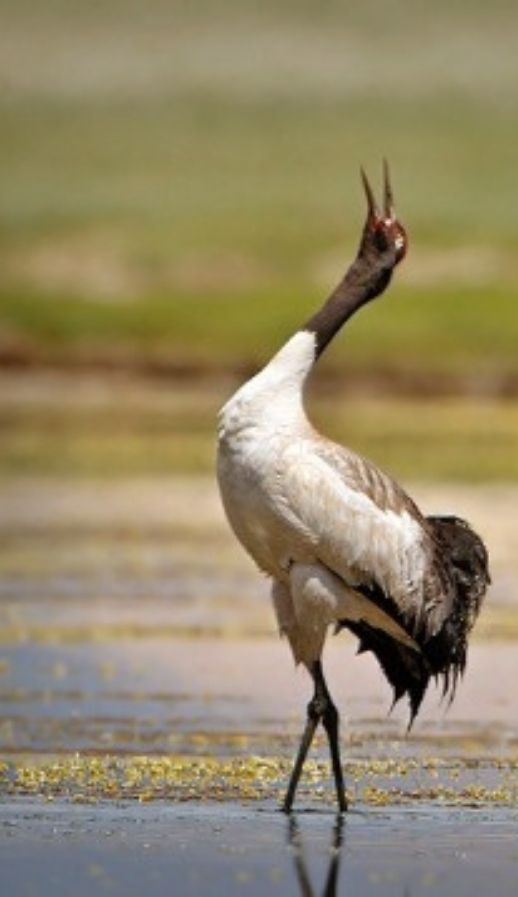
Ladakh
North India, the land of Ladakh, looks as though it was made for birdwatching and photography.

Gir National Park Gujarat
Sometimes it is not just the species spotted but also the amazing moments. Some of our guests had the unique opportunity to witness the mating of Asiatic Lions in the Gir Forest, truly a special moment.

Delhi
Surajpur is an amazing wetland close to the nation’s capital. Apart from being one of the monsoon homes for the Bristled Grassbird, it is also home to another sought-after species: the Bengal Bush Lark.

Rajasthan
One advantage of living near the birding hotspot of Bharatpur is that you can see some amazing birds, like the graceful Sarus Crane, in your backyard during this lockdown
FAQ's
- What is the best time to visit Eaglenest Wildlife Sanctuary for birding?
-
Eaglenest Wildlife Sanctuary is best visited from November to April when the weather is pleasant and bird activity is high.
- Which types of birds and wildlife are present at the Eaglenest Wildlife Sanctuary?
-
The rich biodiversity of Eaglenest, including rare and endemic bird species like the Bugun Liocichla, along with various mammals and butterflies, is well known.
- Are there specific birding tours available at the Eaglenest Wildlife Sanctuary?
-
Yes, Asian Adventures offers specialized birding tours led by experienced guides who are knowledgeable about the area's avifauna.
- What should I bring for a bird and wildlife tour at the Eaglenest?
-
Visitors are recommended to bring sturdy walking shoes, binoculars, a camera with a telephoto lens, leech socks, insect repellent, a flashlight, and light clothing suitable for varying temperatures.
- Is lodging provided during the tour?
-
Yes, tour packages typically include accommodations at lodges or camps near and inside the Eaglenest Wildlife Sanctuary, providing comfortable stays close to birding sites.
- What level of physical fitness is required for the tour?
-
Depending on the itinerary, tours may involve moderate walking or hiking. It's advisable to check specific tour details for any physical requirements.
- Are there any restrictions or guidelines for wildlife viewing at the Eaglenest Wildlife Sanctuary?
-
We encourage visitors to follow ethical wildlife viewing practices, such as respecting natural habitats and maintaining a safe distance from wildlife. Be judicious about the bird calls.
- Is transportation included in the tour package?
-
Asian Adventures includes surface transportation for the entire tour to the Eaglenest Wildlife Sanctuary and other related destinations such as Nameri Wildlife Sanctuary and Kaziranga National Park, ensuring smooth travel logistics.
- Can I customize my tour itinerary?
-
Depending on availability and group size, Asian Adventures offers options to customize tour itineraries to cater to specific interests or preferences.
- Is the Eaglenest Wildlife Sanctuary safe to visit?
-
Eaglenest Wildlife Sanctuary is generally safe for visitors. However, it's important to follow local guidelines and instructions from tour guides for a safe and enjoyable experience.
- Are there any notable mammals in the Eaglenest Wildlife Sanctuary?
-
Yes, Eaglenest is home to various mammals, including the Red Panda, Clouded Leopard, Arunachal Macaque, and Himalayan Serow. These add to the overall wildlife experience for visitors.
- What type of terrain can be expected at the Eaglenest?
-
The terrain at the Eaglenest varies from lowland tropical forests to high-altitude alpine zones. The sanctuary features steep hills, dense forests, and narrow trails and roads, making it a challenging but rewarding destination for birdwatchers.
- Are there any guided tours available at the Eaglenest?
-
Yes, all our tours to the Eagnest are fully guided. Experienced guides significantly enhance the birdwatching experience by helping visitors locate and identify bird species.
- What are some challenges of birding in Eaglenest?
-
Challenges include the remote location, limited and basic accommodation options, rough terrain, and variable weather conditions. Proper preparation and flexibility are essential for a successful trip.
- What is the best way to explore Nameri National Park?
-
The best way to explore Nameri is on foot with a forest guide, allowing birdwatchers to access various habitats quietly. River rafting on the Jia Bhoreli River also offers a unique perspective and opportunities to see waterbirds, including the rare and sought-after Ibisbill.
- Are permits required to enter Nameri National Park?
-
Yes, permits are required and we get them from the park authorities.
- Is there a risk of malaria or other diseases in this region?
-
In peak winter it is not much of a problem. It is advisable to carry insect repellent, wearing long sleeves, and sleeping under mosquito nets.
- What is the significance of Kaziranga's UNESCO World Heritage status?
-
Kaziranga's UNESCO World Heritage status highlights its global importance for biodiversity conservation, particularly for its population of One-horned or Indian Rhinoceroses. This status also emphasizes the park's role in protecting other endangered species and diverse ecosystems.
- Can you go on a safari in Kaziranga?
-
Yes, at Kaziranga, we offer safari options in jeep safaris and on elephant safari. These safaris provide excellent opportunities to see birds and other wildlife up close.
- Are there any specific conservation programs in Kaziranga?
-
Yes, Kaziranga is involved in several conservation programs, including anti-poaching initiatives, habitat restoration projects, and efforts to mitigate human-wildlife conflict. These programs are crucial for the park's ongoing protection and management.
- How should one dress for safaris in Kaziranga?
-
Dressing in layers is advisable as temperatures can vary throughout the day. Wear neutral-colored clothing to blend in with the environment, and bring a hat, sunglasses, and sunscreen for sun protection. Comfortable, sturdy footwear is also essential.
- Is it possible to combine a visit to Kaziranga with other nearby birding destinations?
-
Yes, it is possible and recommended combining a visit to Kaziranga with nearby birding destinations such as Nameri National Park and the Gibbon Wildlife Sanctuary for a more comprehensive birding experience in Assam.


